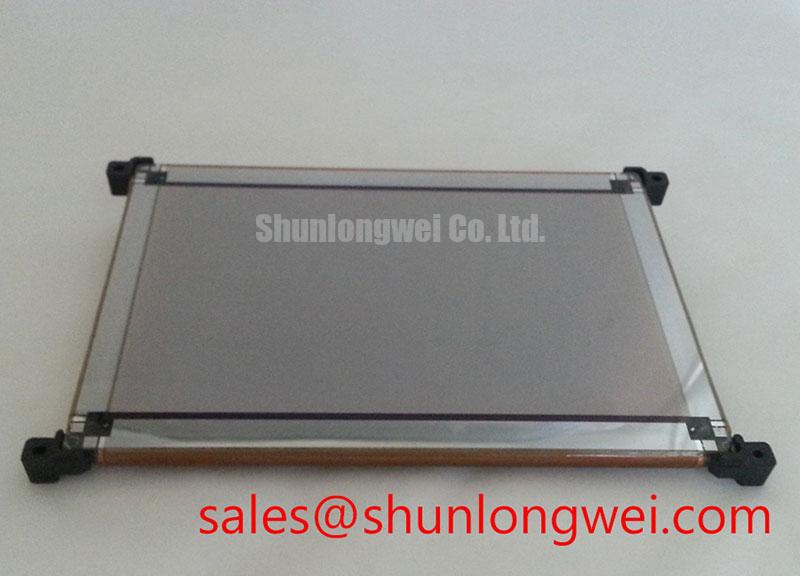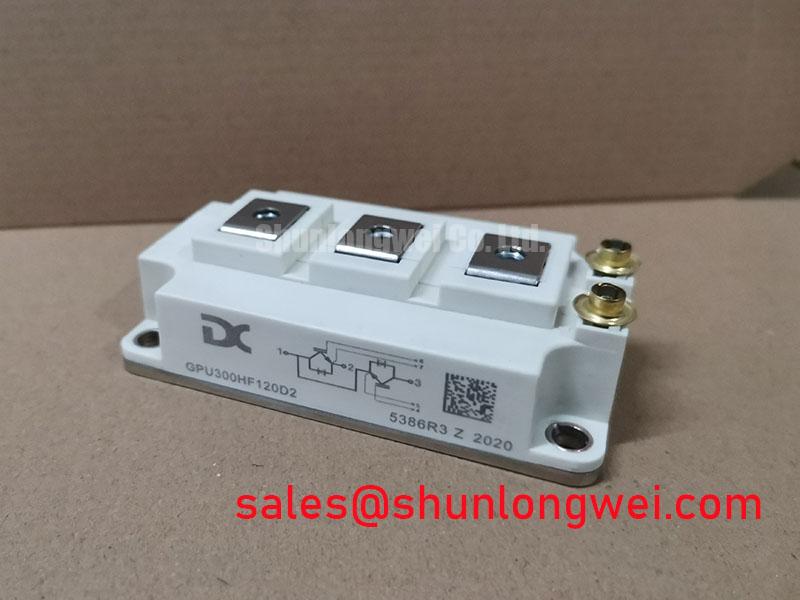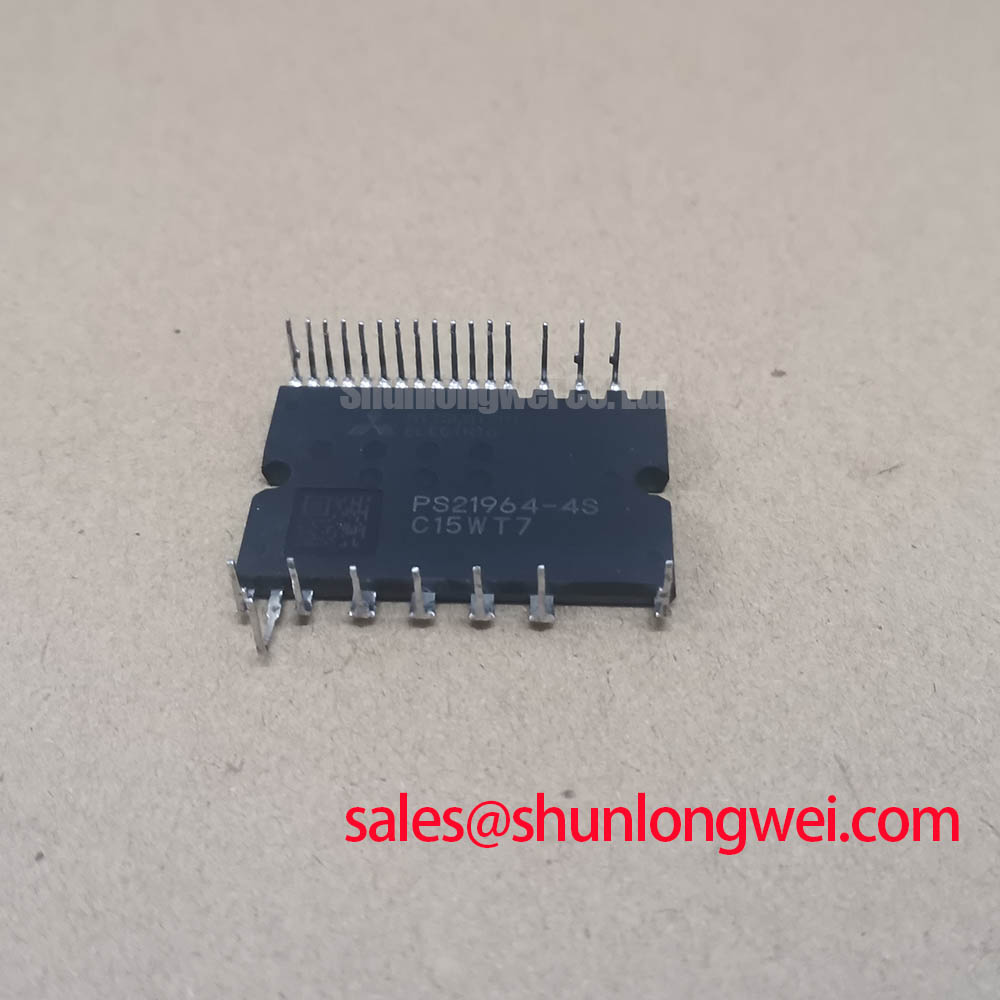## Sharp LJ640U31 EL Display: Data Sheet Insights & Specs
### Built for Longevity: The LJ640U31 Electroluminescent Display for Demanding Industrial Environments
Engineered for sustained performance in challenging operational settings, the Sharp LJ640U31 is an 8.9-inch monochrome Electroluminescent (EL) display. Its self-emitting technology and robust mechanical design provide a durable visual interface for industrial control systems, specialized instrumentation, and legacy equipment. This display is built to deliver consistent readability where conventional LCDs may falter.
Key Specifications: 640x400 Resolution | 16:10 Aspect Ratio | TTL Interface
Core Advantages:
* Exceptional durability due to self-emitting EL technology.
* High-clarity monochrome visuals.
The core engineering challenge with legacy industrial displays is ensuring operational longevity and minimizing downtime. The LJ640U31's electroluminescent design directly addresses this by eliminating the need for a separate backlight, a common failure point in LCDs, thereby enhancing overall system reliability.
### Key Parameter Overview
#### Understanding the Core Specifications of the LJ640U31
The technical specifications of the Sharp LJ640U31 are tailored for integration into specific industrial and electronic systems. The display's performance is defined by its electrical and mechanical characteristics, which are crucial for design engineers and procurement specialists to understand.
| Parameter | Value | Engineering Significance |
| :--- | :--- | :--- |
| **Display Technology** | Electroluminescent (EL) | Provides a self-emitting light source, resulting in high contrast and wide viewing angles. This technology is known for its ruggedness and resistance to environmental stressors compared to liquid crystal-based displays. |
| **Resolution** | 640 x 400 pixels | Offers sufficient detail for displaying complex data, graphical user interfaces, and schematics in industrial control panels and test equipment. |
| **Active Area** | 191.9 mm (W) x 119.9 mm (H) | Defines the usable screen real estate available for the human-machine interface (HMI), ensuring that information is presented on a compact yet clear canvas. |
| **Interface** | TTL (Transistor-Transistor Logic) | A widely-used digital logic interface that ensures compatibility with a broad range of legacy and custom control boards. Its straightforward protocol can simplify system integration. |
| **Power Consumption** | 11W (Typical) | Represents the typical power draw during operation. Understanding this figure is essential for thermal management and power supply unit (PSU) dimensioning within the host system. |
| **Supply Voltages** | 5.0V / 24.0V (VL/VD) | Specifies the required logic and drive voltages. This dual-voltage requirement is a key consideration for the power delivery network design to ensure stable operation. |
### Application Scenarios & Value
#### Deploying the LJ640U31 in High-Stakes Environments
The unique characteristics of the Sharp LJ640U31 make it particularly suitable for applications where reliability and clear, unambiguous information display are paramount. Its design inherently resists the effects of vibration and mechanical shock, making it a stalwart component in environments that would compromise lesser displays. For applications in manufacturing automation and process control, which often involve significant vibration, the LJ640U31's solid-state, self-emitting nature provides a dependable visual interface.
* **Industrial Control Panels:** The LJ640U31 is frequently integrated into the operator consoles of CNC machines, PLCs, and factory automation systems. Its immunity to image burn-in during static information display is a significant advantage.
* **Test and Measurement Equipment:** In laboratory and field-testing devices, the crisp, high-contrast monochrome output ensures that critical data is legible under various lighting conditions.
* **Legacy System Maintenance:** As a replacement part for older industrial machinery, the LJ640U31 allows for the extension of the operational life of valuable capital equipment, avoiding costly system-wide upgrades. For systems requiring a different form factor or resolution, the [LM64183PR](https://www.slw-ele.com/lm64183pr.html) presents another option for consideration.
* **Avionics and Specialized Vehicles:** While requiring specific certifications, the underlying robust technology is suitable for environments with fluctuating temperatures and high G-forces.
For industrial HMI applications that demand high-resolution graphics, the [TFT-LCD](https://en.wikipedia.org/wiki/TFT_LCD) remains a leading technology, offering full-color capabilities. The LJ640U31, however, excels in its niche of high-reliability monochrome displays.
### Frequently Asked Questions (FAQ)
**What is the primary advantage of an Electroluminescent (EL) display like the LJ640U31 over a standard LCD?**
The main advantage is its intrinsic ruggedness and reliability. Because EL displays are self-emitting and do not use a liquid crystal layer or separate backlight, they are less susceptible to failure from mechanical shock, vibration, and extreme temperatures, resulting in a longer operational lifespan in harsh industrial environments.
**How does the TTL interface impact system integration?**
The TTL interface on the Sharp LJ640U31 uses a standard signaling protocol common in many industrial and embedded systems of its era. This simplifies integration for designers working with legacy hardware or custom-designed controller boards, as it often allows for direct connection without the need for complex signal conversion hardware like an [LVDS Interface](https://www.ti.com/lit/an/slla014a/slla014a.pdf) converter.
### Technical Deep Dive
#### Engineering for Operational Integrity
At its core, the Sharp LJ640U31 is an 8.9-inch diagonal display panel utilizing Electroluminescent technology. The panel features a resolution of 640 by 400 pixels arranged in a rectangular format, providing a 16:10 aspect ratio. The physical footprint includes an outline size of 246mm by 158mm, with a depth of 31mm, and mounting holes on the side slugs for secure installation.
The display's monochrome output is generated by the material itself when a voltage is applied, eliminating the need for a backlight assembly. This architecture is fundamental to its durability. The signal input is managed through a 16-pin connector using a TTL system, which requires a dual power supply of 5.0V for logic (VL) and 24.0V for the drive circuitry (VD). The typical vertical frame rate is 60Hz, ensuring a stable, flicker-free image. This combination of a robust display medium and a straightforward electrical interface makes the LJ640U31 a resilient and integratable solution for its target applications.
***
*Disclaimer: The information provided on this page is for technical reference only. As a distributor, we do not guarantee the lifecycle status, availability, or pricing of this product. All specifications are based on the manufacturer's official documentation and are subject to change without notice. Please consult the official datasheet for the most current and accurate information.*
















